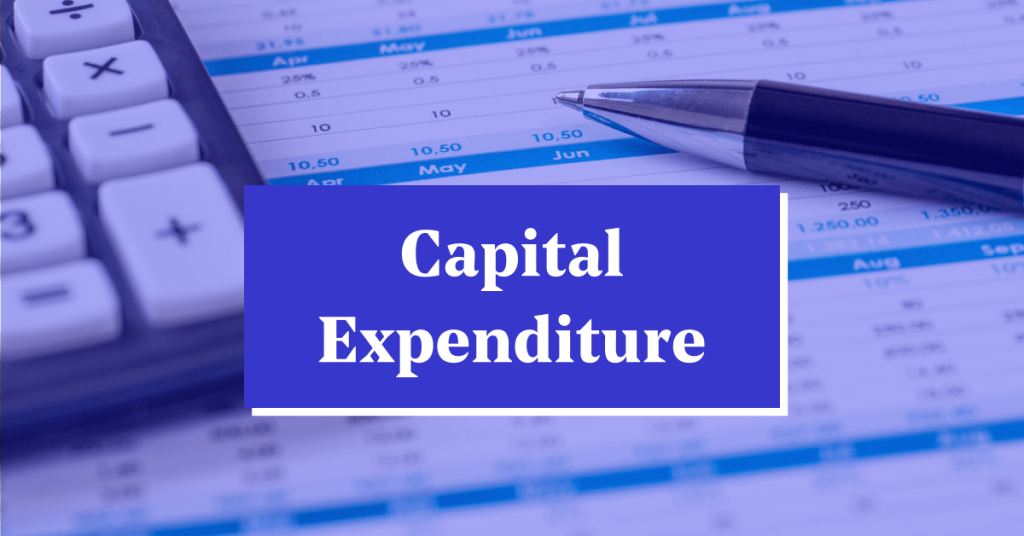Context:
Buoyant by the Central Government’s allocation of over 3 per cent of GDP, exceeding Rs 10 lakh crore for capital expenditure in the Budget of 2023-24, there has been a significant increase in capital expenditure by the States. Also, the states are moving toward fiscal consolidation.
Key Findings:
- State governments, collectively responsible for over three-fifths of total general government expenditure, have historically focused on revenue expenditure.
- However in 2023-24, there is a notable change with a significant increase in capital expenditure, marking a departure from the past trend.
- The capital outlay of states (excluding Arunachal Pradesh, Goa, Manipur, and Meghalaya) surged by 45.7 per cent, while revenue expenditure grew modestly by 9.3 per cent during April-November 2023.
- The quality of expenditure, measured by the ratio of capital outlay to total expenditure, reached an eight-year high of 14.1 per cent during this period.
Factors Driving Capital Expenditure
Advance Release of Funds:
- Monthly tax devolution and timely disbursements of funds for the special scheme on capital assistance have fueled states’ capital expenditure.
Special Assistance Scheme:
- The Union government approved capital expenditure worth Rs 973.74 billion and released Rs 590.3 billion under the special assistance scheme till November 2023.
- This scheme aims to support states in capital investment, contributing to the surge in capital expenditure.
Buoyant State Revenues
- States’ tax revenues (SOTR) and non-tax revenues (SONTR) exhibited robust growth of 11.5 per cent and 19.5 per cent, respectively, during the first eight months of the fiscal year.
- Despite muted nominal GDP growth, efficient tax administration and increased formalization of the economy have led to the acceleration of state tax revenues.
Challenges associated with CAPEX
1. Budgetary Strain
- Fiscal Deficit Concerns: Continuous high capital expenditure may contribute to an increased fiscal deficit, posing challenges to effective budget management.
- Debt Accumulation: Borrowing for capital projects may lead to accumulating debt, impacting the country’s overall financial health.
2. Inflationary Pressures
- Demand-Supply Imbalance: Intensive capital expenditure can create a demand-supply imbalance in the economy, potentially leading to inflation.
- Increased Costs: Higher government spending may increase the cost of resources, contributing to inflationary pressures.
3. Resource Misallocation
- Mismanagement Risks: Improper planning and execution of capital projects can result in resource misallocation.
- Inefficient Investments: If capital expenditure is not directed towards productive assets, it may lead to a wasteful allocation of resources.
Impacts of increased CAPEX
Positive Impacts
1. Economic Growth Acceleration
- Infrastructure Development: High capital expenditure often translates into increased investment in infrastructure projects, stimulating economic growth.
- Job Creation: Infrastructure projects generate employment, contributing to a reduction in unemployment rates.
2. Increased Productivity and Competitiveness
- Technological Advancements: Capital expenditure is often directed towards acquiring and implementing advanced technologies, enhancing overall productivity.
- Global Competitiveness: Improved technology and efficiency contribute to increased competitiveness on the global stage.
3. Multiplier Effect on Industries
- Supply Chain Impact: Investments in capital projects have a multiplier effect on various industries within the supply chain.
- Economic Diversification: Capital expenditure diversifies economic activities, reducing dependence on specific sectors.
4. Enhanced Public Services
- Quality Infrastructure: High capital expenditure allows for the development of quality public infrastructure, such as transportation, healthcare, and education facilities.
- Standard of Living Improvement: Improved public services positively impact citizens’ quality of life.

